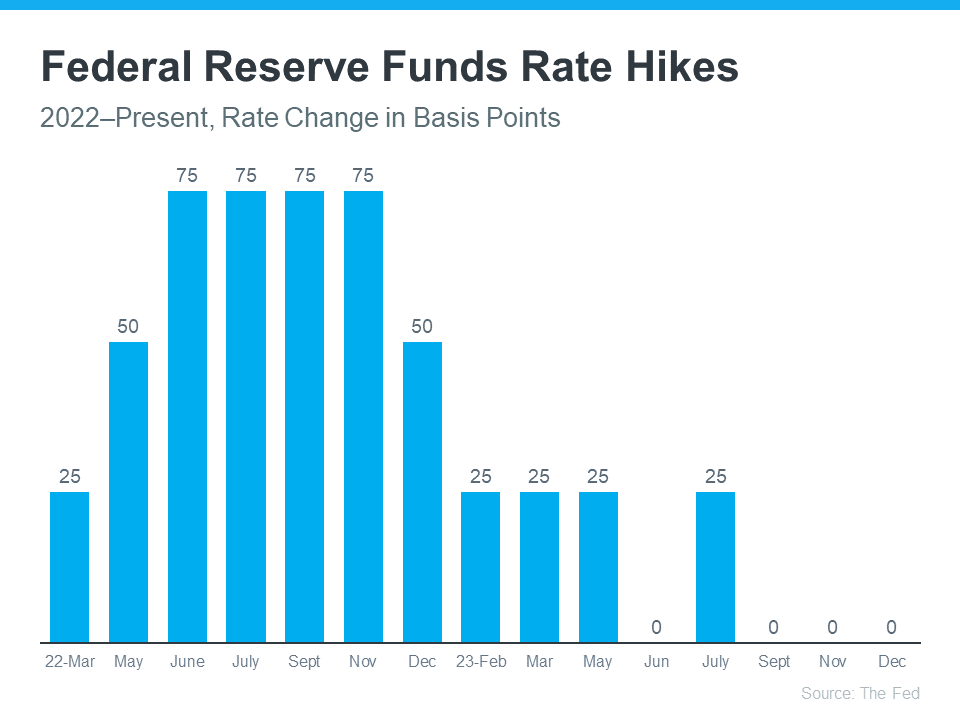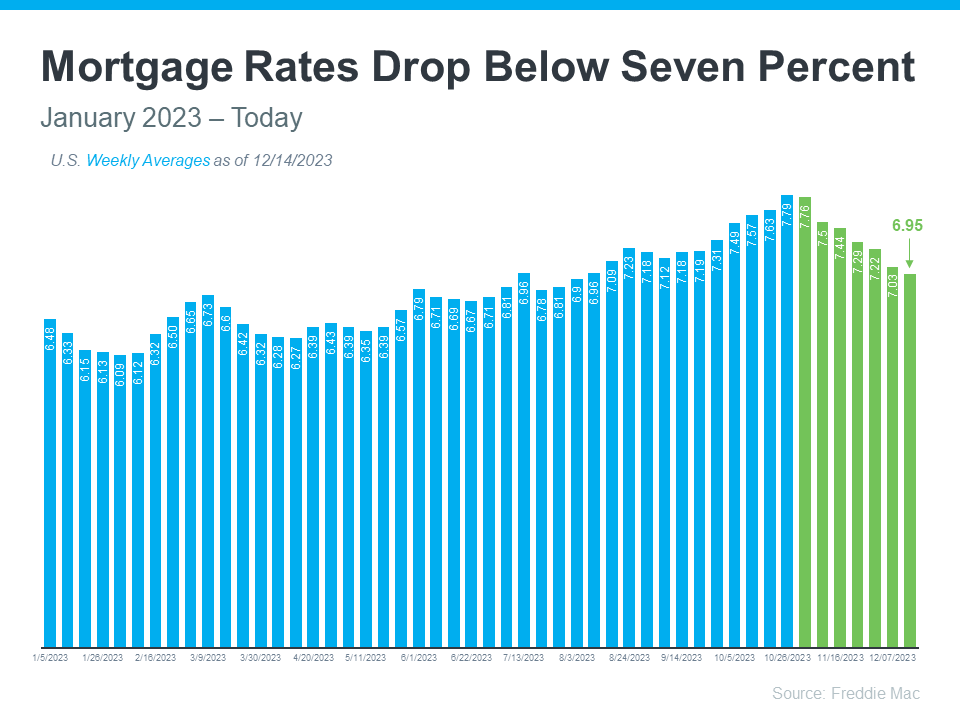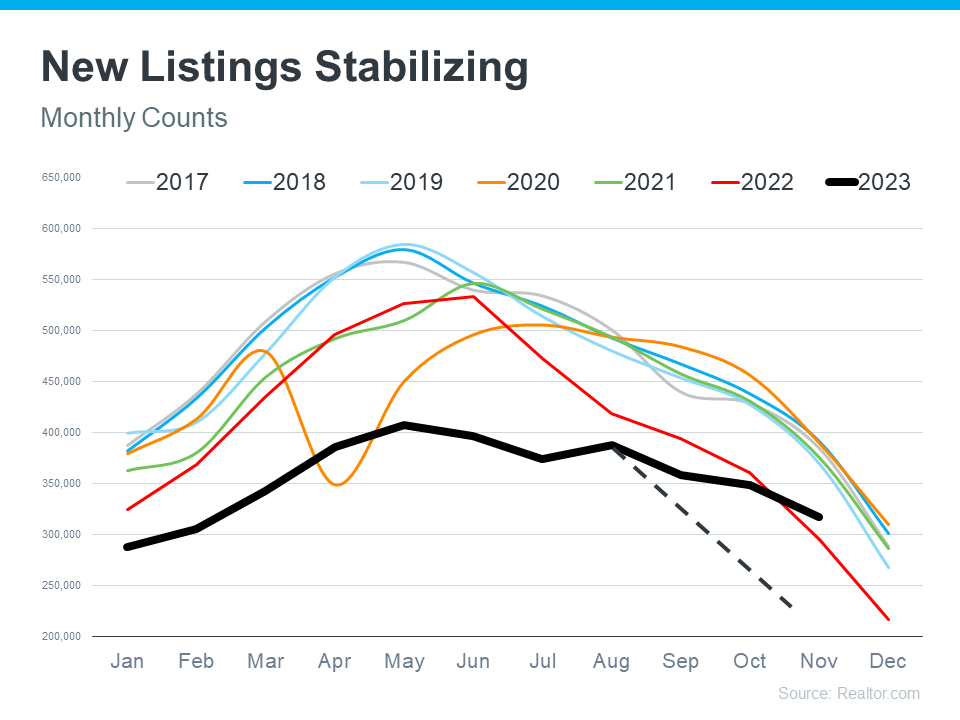Volunteer opportunities are everywhere in Orange County. Whether you’re looking to help with shelter animals, homeless outreach, or literacy programs, there’s something for everyone with different levels of involvement. Here are a few opportunities that residents can take part in to help make a difference in the community.
Volunteer With Animals
6621 Westminster Boulevard, Westminster
714-887-6156
Animal shelters all over the county need volunteers for everything from fostering pets to walking dogs. WAGS Westminster is one of those locations that needs help, and they have a variety of opportunities that are available for adults, families, and even minors.
Volunteer opportunities include transporting animals to educational and elder settings for outings, bottle-feeding babies, dog walking and training, construction projects, fostering, and more. Those under 18 can help out with cleaning, rabbit care and play, creating home adoption kits, and playing with cats.
More Opportunities to Volunteer With Animals
OC Animal Care: Volunteer opportunities include socializing and grooming animals, hosting donation drives, leading shelter tours, and participating in shelter and community events. Opportunities are available for adults. For those under 18, OC Animal Care has a list of community service projects that can be completed to help the animals.
Orange County Humane Society: Volunteer opportunities include cat cuddling, walking dogs, participating in charity events, and help with fundraising. Opportunities are available for those 18 and up with current health insurance and they ask that you commit to 8 hours per month.
Therapeutic Riding Center of Huntington Beach: TRCHB is equal parts working with horses and working with people. The primary goal of TRCHB is to empower people with physical and developmental challenges to discover and gain self-confidence, strength, and self-reliance through developing a relationship with horses. The therapeutic riding programs they offer are very low cost for their students, so the organization relies on the help of donations and volunteers. As a volunteer, you will help support riders during their therapeutic riding sessions.
Fight Food Insecurity
8014 Marine Way, Irvine
949-653-2900
Second Harvest Food Bank provides nutritious food to those in need with over 59 million pounds of food distributed annually. Volunteers from the community age 13 and up are able to work in the food distribution center alongside the Food Bank team to ensure all are well fed in Orange County.
There’s even an outdoor opportunity at Harvest Solutions Farm for individuals and volunteer groups to help plant and harvest nutritious seasonal produce for the community. The product harvested from Harvest Solutions Farm is ultimately distributed to individuals and families in Orange County through Second Harvest’s network of distribution sites.
More Opportunities To Help With Food Distribution
Food Finders: Food Finders focuses on reducing food waste and distributing it to those in need. Volunteers can download the app and choose from the available food rescues to pick up donations and deliver them to a designated site.
Friendly Center: Volunteers aged 14 and up can help distribute food on the 1st and 3rd Wednesday of the month. They also need help with administrative tasks, holiday events, and after-school tutoring.
Laguna Food Pantry: Serving over 800 families each week, volunteer opportunities here include picking up groceries, sorting and stocking shelves, greeting guests, administrative tasks, and fundraising. Volunteers ages 14-17 are welcome when accompanied by a responsible adult.
OC Food Bank (Community Action Partnership of Orange County): Volunteers at the OC food bank help assemble food boxes for seniors and kids. There are also opportunities to deliver food via the Mobile Food Trolley, get dirty by working at The Giving Farm at Westminster High School, distribute food at a community drive-thru, and more.
Saddleback Church Grocery Distributions: Saddleback Church has grocery distribution programs at locations throughout Orange County. They also host Grocery Pop-Ups at schools and other locations to serve those in the community. Volunteers are needed for grocery distribution, sorting and packing food at the warehouse, driving for food rescues, and picking up and delivering pantry items. Volunteers as young as 8 are encouraged to help in the Warehouse. Those 8-12 must be accompanied by a parent or guardian.
South County Outreach: Volunteer opportunities include sorting and stocking food, picking up donations, working the thrift store, office support, driving a truck, hosting a food drive, participating in seasonal events, and more.
*Note that many churches also have food distribution programs and they often need volunteers and donations to help the food insecure in the immediate community.
Support For Senior Citizens
Huntington Beach seeks volunteers to help provide assistance to senior citizens. Most communities have a senior outreach program so check the website for your city of choice to find out how to volunteer. Huntington Beach needs volunteers to deliver meals to seniors in their homes, provide transportation, serve hot lunches to seniors at the community center, and provide friendly visits to those in need. While many seniors spend their days alone, this is a great opportunity to provide much needed human interaction for people who are lonely and unable to get out and socialize.
*Many cities in Orange County have senior assistance programs that can be found on the official city website.
More Ways To Volunteer With Seniors
Council On Aging Southern California: Volunteer opportunities include visiting homebound seniors, assisting with Medicare and health care, being an advocate for long term care facility residents, and connecting with seniors during the holiday season.
Meals On Wheels: Volunteer opportunities include delivering meals to homebound seniors, senior lunch service and activities, friendly visitors, helping with activities at adult day care centers, and office and administration assistance.
Military & Veteran Support
Operation Help A Hero: This organization has been supporting Camp Pendleton military members and families since 2001 and have since extended support to military communities across the nation. Volunteers here can help with a number of projects like Operation Christmas Spirit, Operation Rack Pack, OHH Baby Showers, and Operation Enduring Support.
San Clemente Military Family Outreach: Volunteers can provide support and assistance to military members and families stationed at the northwest area of Camp Pendleton by participating in several morale events including distributing Easter Baskets, hosting baby showers for expecting mothers and social teas for military wives, assisting with the Christmas “Thank A Family” program, and distributing over 1,000 turkeys and Thanksgiving Meals.
USO: Opportunities are available with the USO through John Wayne Airport and Camp Pendleton. Opportunities include working shifts at USO centers and providing support for events, homecomings and deployments, on-base activities, and holiday celebrations.
*Many cities in Orange County have adopted military units to which they regularly provide support including Mission Viejo, Irvine, Anaheim, and Rancho Santa Margarita.
Environmental Volunteer Opportunities
Orange County Parks and Zoos always need people to help out. Parks need volunteers to help restore trails, provide education to visitors, help out in the nature centers, and serve as additional staff during high traffic times. At the zoo, volunteers can provide guided tours, help prepare food for the animals, and assist with other zoo activities. Volunteering at community parks and zoos is a great way to help educate and inform other people in the community.
More Ways To Get Outdoors and Help the Environment
Bolsa Chica Conservancy: Volunteer opportunities include one-time events and long-term commitments. Participate in wetland restoration days, clean up via kayak, become a host at the interpretive center, be a site monitor, and more. Volunteers as young as 6 are welcome to participate in restoration days.
Irvine Ranch Conservancy: Volunteer opportunities include trail maintenance, working in the Native Seed Farm, pulling weeds, and more, all within Irvine Ranch Open Space. Opportunities range from one-time to long-term.
Laguna Canyon Foundation: Short term opportunities include trail maintenance and habitat restoration, and working in the nursery with native plants. Long-term certified volunteers will have access to additional opportunities.
Newport Bay Conservancy: Conduct tours, participate in hands-on restoration, and take the lead with coastal cleanups when you volunteer here.
Orange County Coastkeeper: Volunteer to clean up the coast to protect our environment and the natural habitats of our wildlife both on and offshore. In addition to beach cleanups, you can find garden opportunities, creek cleanups, and more.
Sea & Sage Audubon Society: Find a selection of environmental volunteer opportunities at various locations throughout Orange County. Opportunities may vary.
Other Volunteer Opportunities In Orange County
Big Brothers Big Sisters of Orange County is in need of volunteers who are interested in mentoring children to help them make meaningful connections and reach their fullest potential. Mentors spend a few hours a day twice per month with their match doing meaningful activities.
Local libraries always need volunteers. Teens are especially welcomed as volunteers for libraries, providing help with story times, crafts, and other youth programs and providing much needed help by sorting and shelving books. Literacy programs and outreach for arts and culture is a great way to spend time volunteering in the community.
714-434-6200
Habitat for Humanity builds and restores homes to provide reasonable living accommodations for at risk and low income families. There are many different ways that volunteers help with Habitat For Humanity. The main volunteer function is construction, helping to build and restore homes. Other volunteer opportunities include graphic design, provide homeowner education to selected families, write press releases, answer phones, and provide data entry services. Volunteers for Habitat For Humanity help improve lives by giving people a place to call home.
Volunteers at CHOC Children’s Hospital will make a difference in the lives of sick children and their families. Volunteer opportunities at CHOC include clerical support, providing activities like coloring and reading to patients in waiting areas, assisting in play rooms, showing families around the hospital and more. Volunteers at CHOC Children’s Hospital help to brighten the day of sick or injured children and their families.
The Ronald McDonald House provides a safe and comfortable place for families to live together while children receive treatment for cancer and other severe illnesses and injuries. Volunteers for the Orange County Ronald McDonald House can provide a variety of services like light housekeeping, administrative tasks, helping families, stocking supplies, and answering phones. Long term volunteer opportunities are only available here, so no short term or summer only volunteers will be accepted. Volunteering at the Ronald McDonald House provides comfort and support to families so they can focus on being together as they help their children through the recovery process.
The United Way fights for financial stability, quality education, stable housing, and good health for everyone. Volunteers for the United Way can help in a variety of ways. Teens can help out by leading youth summer camps and providing tutoring to younger kids. Other opportunities like distributing food, volunteering at shelters, collecting bedding and clothing, mentoring children, and creating welcome home baskets are some of the many ways you can lend a hand with the United Way. The United Way is a great opportunity to help families find stability and learn more about the steps they can take for a brighter future.
For more, visit OC Nonprofit Central which helps volunteers and donors find local community nonprofits. Find detailed information about local organizations, make informed charitable decisions and give all in one place.
For more volunteer opportunities see our Christmas Donation & Volunteer Ideas pages.
Heidi Deal is the author of the Newcomers Handbook to Living In Los Angeles & Orange County, and a children’s book author specializing in history and human rights.







